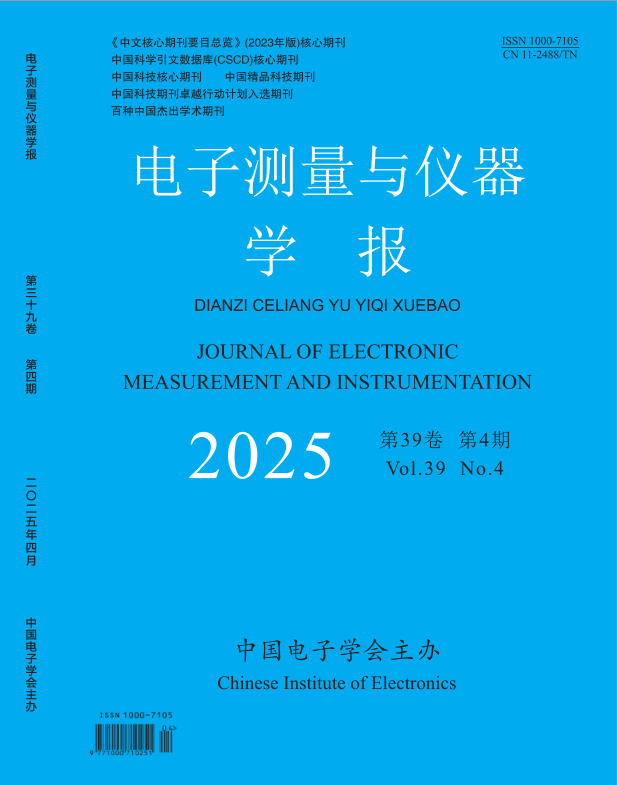2019, 33(2):101-109.
Abstract:Current lane detection algorithm is easily affected by lane line wear, occlusion, shadow and so on, which results in low accuracy and robustness of the detection algorithm, a lane detection scheme for parallel Snake coupled with Kalman filter was proposed. Firstly, in order to obtain the parallel properties of left and right boundaries of road, expectation maximization operator was introduced, and the vanishing point was estimated by minimizing the objective function to estimate its homography matrix. In the homogeneous coordinate space, the homography transformation was used to complete the change of the lane line perspective to the bird's eye view. Then, a lane model was established by parameter prediction operator. A parallel Snake lane detection method was constructed by adding parallelism constraints to active contour model, eventually converge on the left and right edges of the road. Finally, taking into account the continuity of the parameters between the front and back frames, the Kalman filter was used to track and optimize, and the noise was suppressed to improve the recognition accuracy of the lane line. Experimental results show that: compared with the commonly used lane detection algorithms, the proposed scheme has improved accuracy and robustness, and achieves good performance in lane datasets such as shadow, illumination change and boundary damage.
